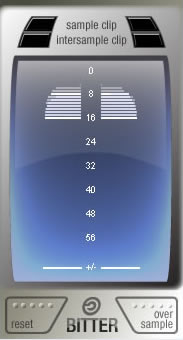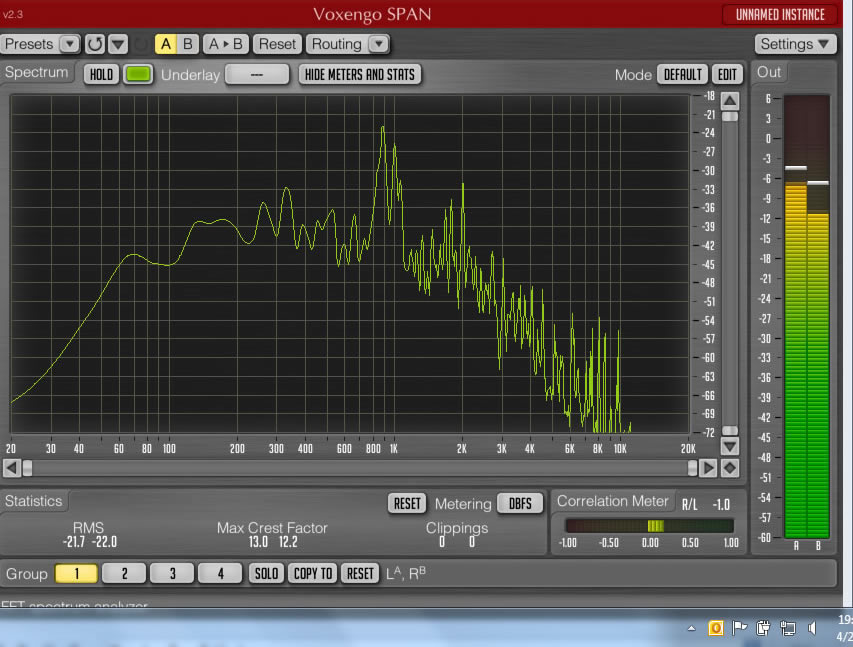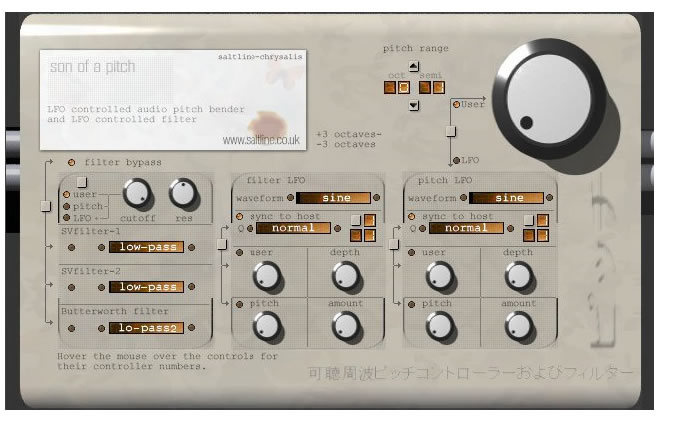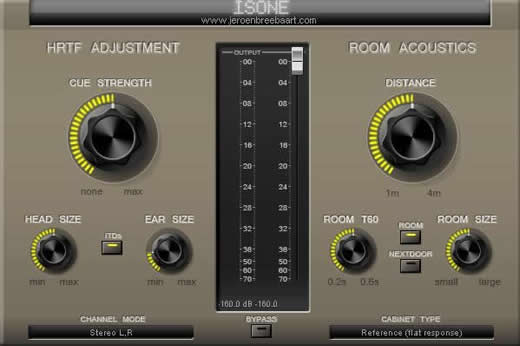VST

Virtual Studio Technology (VST) is an interface for integrating software audio synthesizer and effect plugins with audio editors and hard-disk recording systems. VST and similar technologies use Digital Signal Processing to simulate traditional recording studio hardware with software. Thousands of plugins exist, both commercial and freeware, and VST is supported by a large number of audio applications. The technology can be licensed from its creator, Steinberg.
Source: Wikipedia
You need a media player supporting VST plug-ins to use them.
Isone Pro binaural room simulator
I do listen a lot over the headphone.
Listening to a Schubert Lied evokes a strong emotion in both my wife and me.
I can be moved to tears, she into a rage.
So it is headphone time.
I detest headphone listening.
Stereo is most of all STEREO.
The channels simply don’t mix.
If you listen to a pair of speakers the channels do mix before they reach your ears and they will reach your ears at a slightly different time.
This explained in mode detail here
Isone Pro simulates listening to a pair of speakers in a room over the headphones.
You have many parameters to fool around with.
You can pseudo personalize it by adjusting the size of head and ear.
You can also simulate room acoustics and speaker type
The simulation works very well. It might not be the real thing but it comes pretty close to listening to speakers.
This is what I call DSP done right. Manipulating the bits to get a better sound.
At least stereo doesn't sound like STEREO anymore.
Isone Pro on Head-Fi
Bitter

A 64-bit bitscope and intersample clip indicator.
Bitter shows how many of the available bits are being used by the audio signal, reports clipping samples, and estimates when digital-to-analog conversion would cause inter-sample clips.
Typical uses for a bitscope include:
- verifying that a render dither is working properly;
- verifying that a particular plugin is not reducing the signal bit depth;
- testing for faulty audio source data.
Voxengo
SPAN is a real-time “fast Fourier transform” audio spectrum analyzer VST plug-in.

Son of a Pitch

Pitch corection indeed
A list of vts plugins by Techraver


